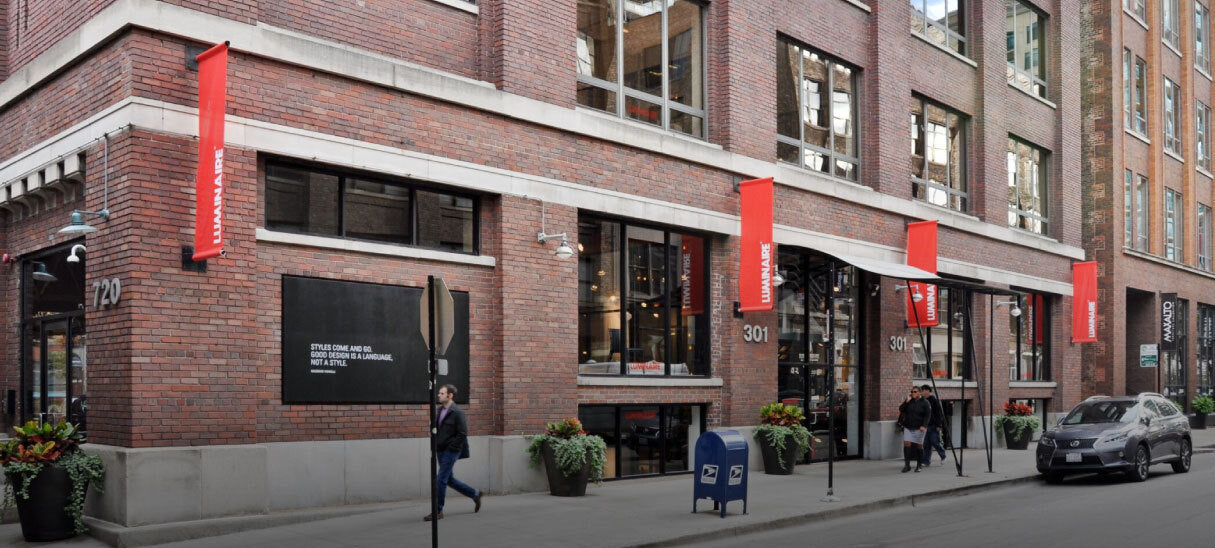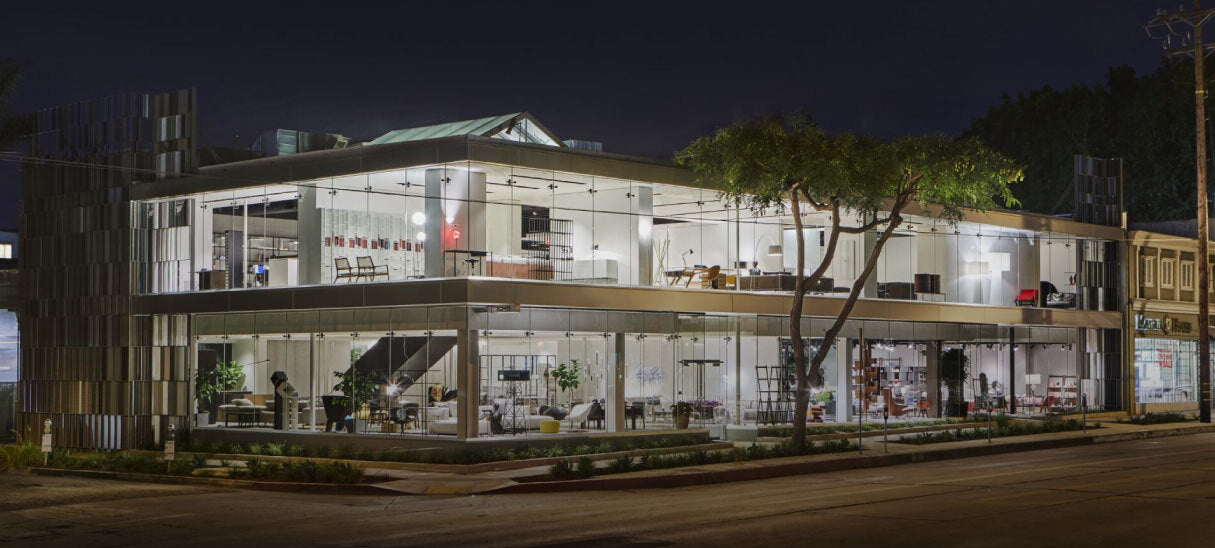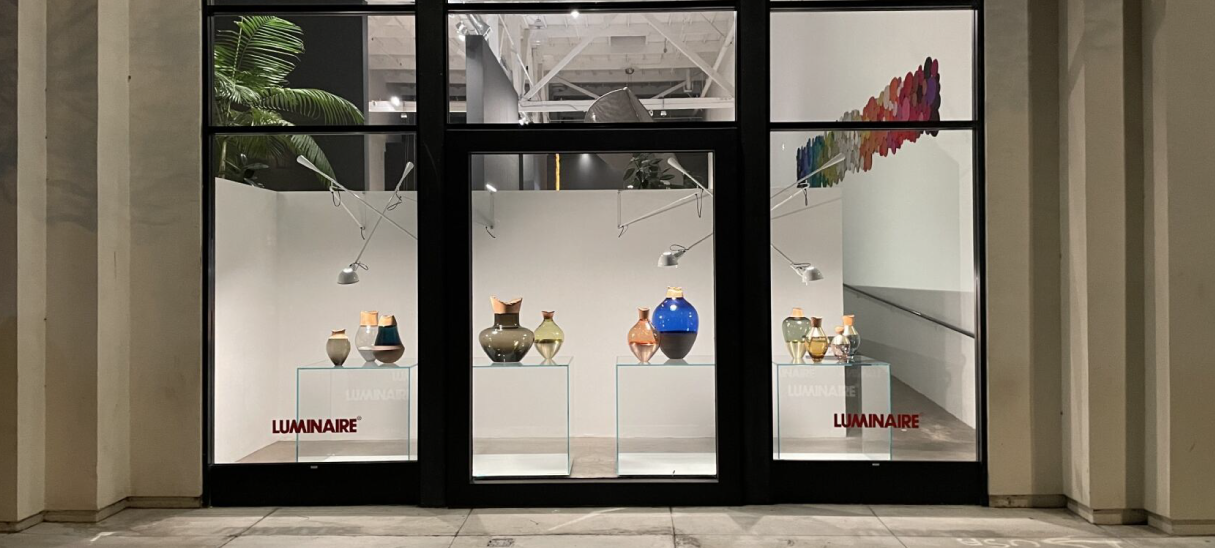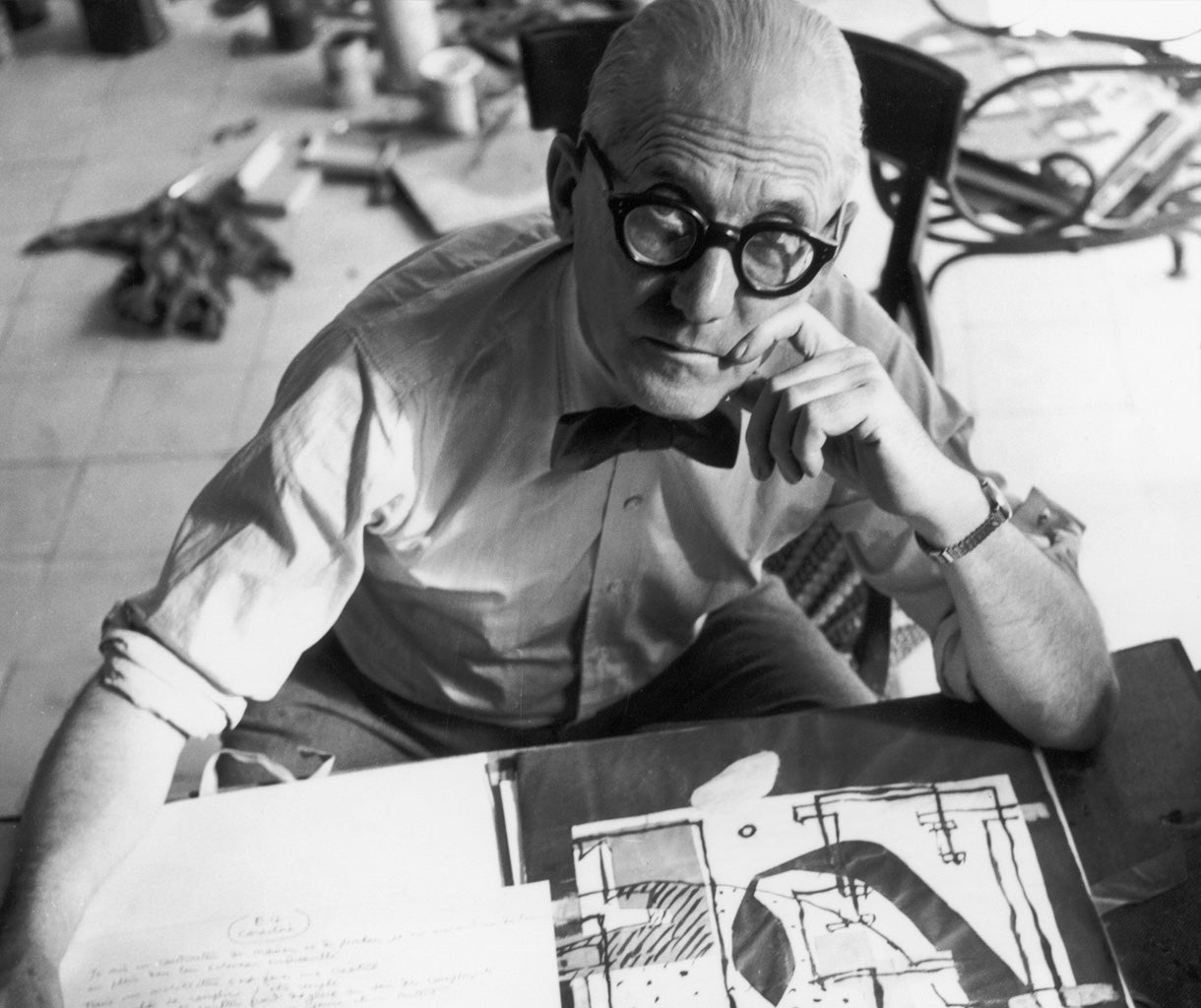Final Sale: 70% Off Ready to Ship! Shop Now
Coral Gables, FL
33134 (305) 448-7367
10am—6pm
Hollywood, CA
90048 (323) 579-2800
10am—6pm
San Francisco, CA
94103 (415) 674-9430
10am – 6pm
Saturday
11am – 5pm
Menlo Park, CA
94025 (650) 600-1431
10am—6pm
Coral Gables, FL
33134 (305) 448-7367
10am—6pm
Hollywood, CA
90048 (323) 579-2800
10am—6pm
San Francisco, CA
94103 (415) 674-9430
10am – 6pm
Saturday
11am – 5pm
San Francisco, CA
94103 (415) 674-9430
10am – 6pm
Saturday
11am – 5pm













Le Corbusier

Born Charles-Edouard Jeanneret-Gris, Le Corbusier adopted his mother’s maiden name in 1922 when he set up a partnership with his cousin, engineer Pierre Jeanneret. Le Corbusier’s designs are based on his theory of “functionalism”, the rejection of outmoded symbols and the affirmation of practical function as the emblem of modern values.
Le Corbusier pioneered modernism in architecture and laid the foundation for Bauhaus, or the International Style. Among his most well known architectural designs are the Chapel at Ronchamp, designed in 1950-1955 and the Hospital in Venice, designed in 1965. Architects and designers who subscribe to his belief in order and simplicity of form continually embrace his design aesthetic.
The same modernist ideas found in Le Corbusier’s architecture were also expressed in his designs for simple, streamlined furniture. Most of Le Corbusier’s most recognizable furniture designs were developed early in his career, in collaboration with Pierre Jeanneret and Charlotte Perriand. In 1928, the team introduced a series of metal furniture which immediately became classic. Known as the “Equipment de l’habitation” (a collection of tables, chairs, armchairs and containers) and shown at Salon d’Automne of Paris in 1929, the furniture was produced in limited numbers.
In 1964, Cassina acquired exclusive rights to Le Corbusier’s furniture designs, and has worked closely with Perriand and the Le Corbusier foundation to maintain the integrity of these pieces. Each piece manufactured by Cassina is stamped with the official Corbu stamp and numbered to insure its authenticity.













